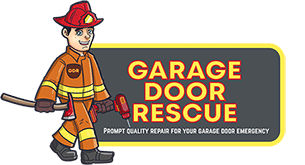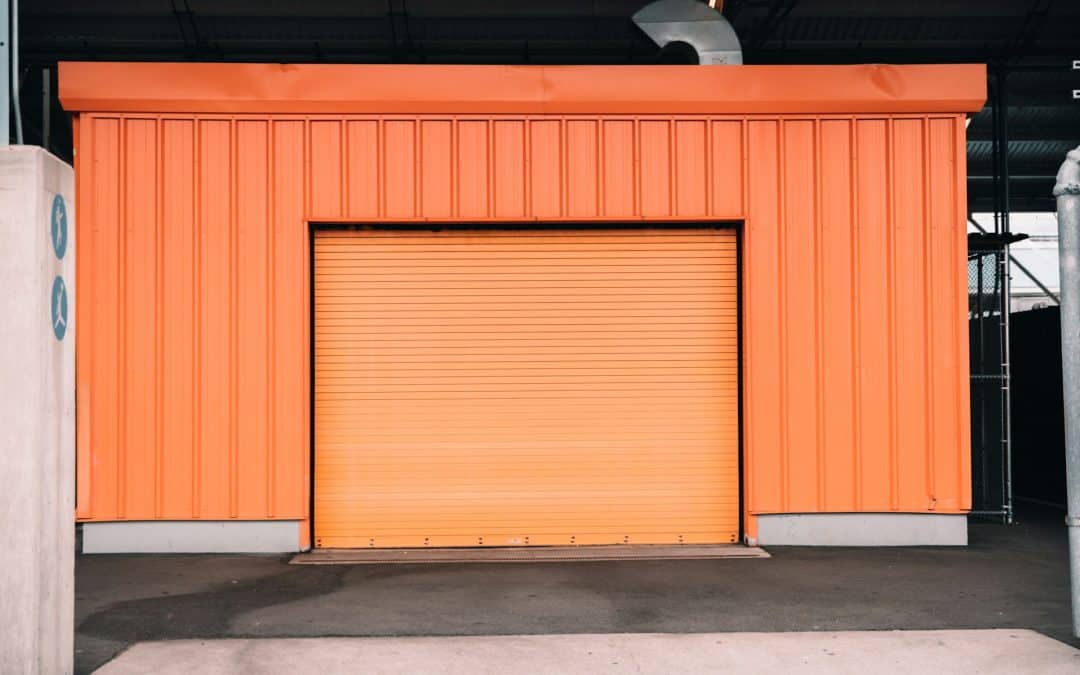Garage door springs are essential for the smooth operation of your garage door. They help lift the heavy door, making it easy to open and close. There are two main types of springs: torsion and extension. Each type plays a crucial role in balancing the door, reducing strain on the opener, and ensuring every movement is smooth and controlled. Paying attention to these parts can help prevent unexpected failures.
Garage door springs can wear out without proper maintenance, leading to inconvenient and dangerous situations. Understanding how your garage door springs work and maintaining them regularly is key to sustaining the longevity and safety of your garage door system.
Understanding Garage Door Springs
Garage door springs are crucial for the door’s smooth operation. Two main types of springs are used in garage doors: torsion and extension. Torsion springs sit above the garage door and twist to provide the needed tension for lifting. On the other hand, extension springs are located on the sides of the door and stretch to help lift it.
Each spring type plays a key role in counterbalancing the door’s weight, making it easy to open and close without putting too much strain on the automatic opener. Without these springs, even a motorized door opener would struggle to lift the door properly.
Recognizing signs of wear is important for maintaining safety. If you notice your garage door moving unevenly or making unusual noises, the springs might be wearing out. Look for any gaps in the coils, which indicate the spring has lost tension, and pay attention if the door opens or closes too quickly. These are all signs that your springs may need attention to prevent potential accidents or door malfunctions.
Regular Inspection and Maintenance
Regularly checking your garage door springs is a simple but effective way to maintain door function. Inspect springs at least once every three months to catch wear or damage early. During these checks, ensure the springs are tightly wound and free from gaps. Examine any mounting brackets and hardware to ensure they’re secure and not worn out.
Cleaning and lubrication help extend the life of your springs. Wiping down springs with a cloth to remove debris and using a silicone-based lubricant can keep them operating smoothly. Avoid grease, as it can attract more dust and create a mess.
Balancing spring tension is crucial for smooth operation. To check this, manually open the garage door halfway and let go. If it stays in place, the tension is balanced. If it starts to fall or rise, you may need to adjust the tension or consult a professional for a more thorough inspection. Maintaining the right tension not only ensures smooth operation but also prolongs the life of all door components.
Safe Handling Practices
Due to the high tension they operate under, handling garage door springs with care is crucial. Attempting DIY adjustments can be risky, potentially resulting in injury or further damage. Even if the repair seems simple, it’s easy to misjudge the tension in the springs, which can cause them to snap or malfunction.
For minor maintenance, there are some safe practices you can follow. For example, lubricating the springs with a silicone-based spray can prevent rust and ensure smooth operation. Make sure to disconnect the door opener for added safety when performing any maintenance. Additionally, inspect the springs visually to check for obvious signs of wear, such as rust or gaps.
Avoid using certain tools when working around garage door springs. Crowbars or other forceful tools can cause springs to uncoil abruptly. Instead, use appropriate tools designed for garage door maintenance. If you’re unsure about any procedure, it’s always safer to consult an expert.
Knowing When to Call a Professional
Recognizing when to call a professional for garage door spring issues is key to preventing bigger problems. If you notice difficulty in opening the garage door, loud noises, or if the springs appear stretched out, it’s a sign professional help is needed. Springs have a limited lifespan, and ongoing problems may indicate they need replacement.
Delaying spring maintenance can lead to severe consequences. A broken spring can cause the door to drop suddenly, leading to potential injury or property damage. Prompt attention to signs of wear helps ensure the garage door operates safely and reduces the risk of unexpected failures.
Hiring a professional has several benefits. They have the training to identify and fix issues efficiently without risking your safety. Professionals also provide peace of mind, as their expertise ensures the repair is done right. Regular inspections by a professional can catch issues early, extending the lifespan of your door.
Conclusion
Garage door springs are vital components that ensure your door functions smoothly and safely. Understanding the types of springs, recognizing signs of wear, and performing regular maintenance play essential roles in the health of your garage door system. Safely handling springs and knowing when to seek professional help prevent unnecessary risks and costly repairs.
When your garage door springs show signs of wear or damage, trust the professionals to handle them. At Garage Door Rescue, our team is ready to provide expert garage door repair and maintenance service, ensuring your garage door operates safely and efficiently. Contact Garage Door Rescue today to keep your garage door in top shape.

